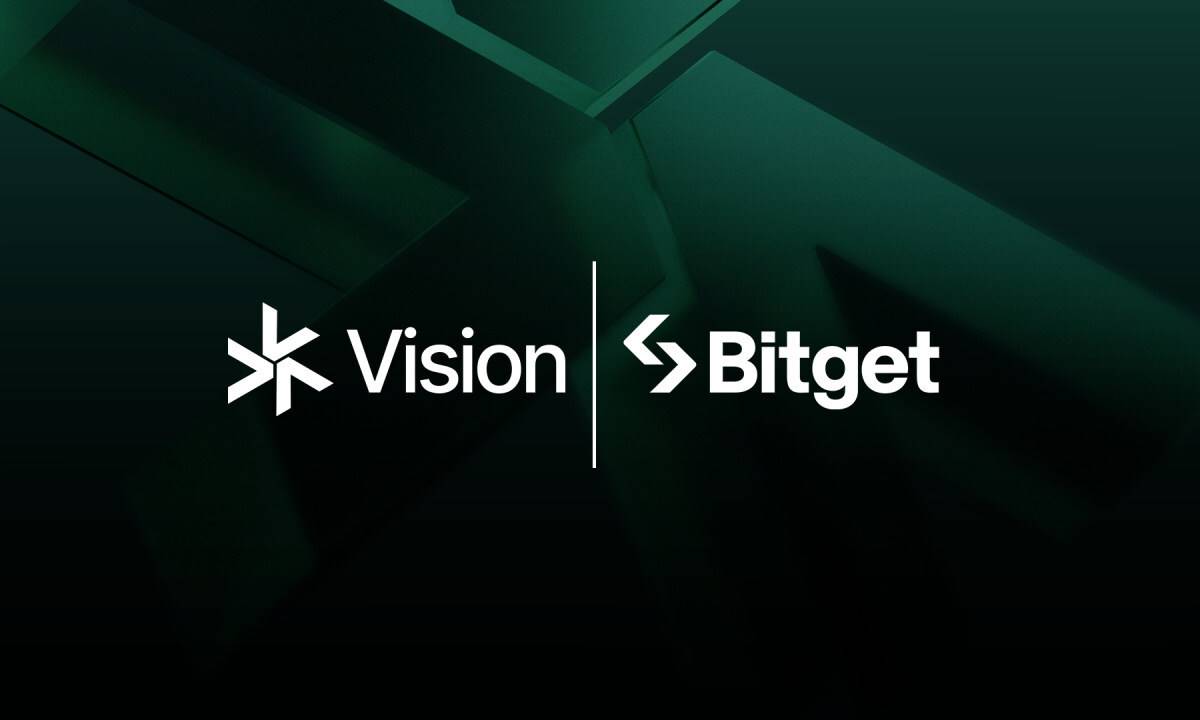Written by: On-chain Apocalypse
Imagine a place where you can bet on anything: Who will be the next US president? Will the Federal Reserve cut interest rates next month? Or even, will your favorite actor win this year’s Oscar?
In 2025, this market experienced a true “explosive growth.” In just the past October, its trading volume soared by a staggering 91% compared to the previous month, reaching an astonishing $8.4 billion. Weekly trading volume even historically broke through the $2 billion mark, making the entire market red-hot. This isn’t a slow evolution; it’s a sudden gold rush.
Behind this explosion are three powerful forces that cannot be ignored; when political leaders, Wall Street, and the crypto core circle all focus their attention and money on the same place, we must ask: What exactly do they see?
The answer splits into two completely different, yet equally enticing stories.
Chapter One: Big Players Enter, Game Rules Begin to Change
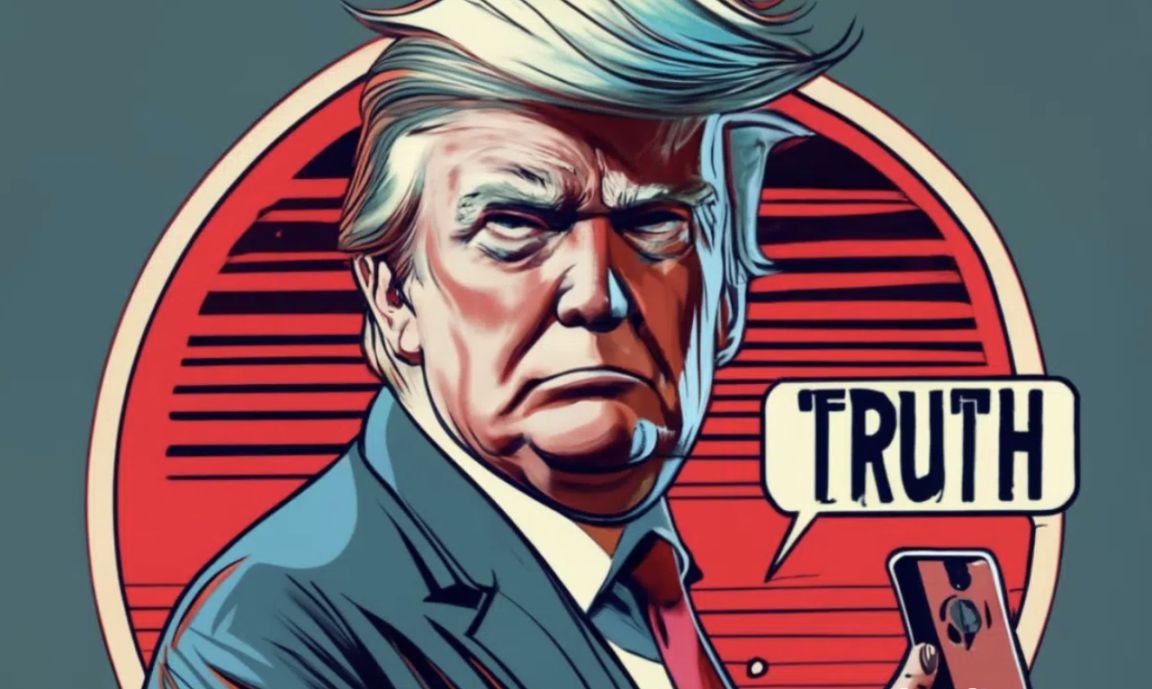
Role One: Trump’s “Truth Prediction”—Social Media Meets Financial Betting
This week, Trump Media Technology Group (TMTG), under Trump’s name, announced its entry into the prediction market through the Truth Social platform, officially launching the “Truth Predict” service.
An evolution of political marketing: a carefully designed “social + financial” hybrid.
Imagine this scenario: you see a post about the Federal Reserve’s interest rate decision on Truth Social, and with a few clicks, you can use the platform’s “Truth gems” to convert into CRO tokens for betting. This is no longer the traditional “have an opinion, then go bet,” but a brand-new model of “socializing while betting.”
The ambition of Truth Predict goes far beyond this:
-
User-oriented: The goal is to “democratize information” for its 6.3 million users
-
Betting range: From political elections to sports events, from commodities to Federal Reserve decisions
-
Viral spread: Every bet can become social content, forming a self-reinforcing cycle of dissemination
More crucially, this platform adopts CFTC-regulated binary contracts, cleverly avoiding the legal definition of “gambling.” In the regulatory gray area, Trump’s team’s instincts remain as sharp as ever.
*Truth Predict’s Beta test will soon launch on Truth Social, targeting US users and supporting betting on elections, economic indicators, sports, and commodity prices.
Role Two: CZ’s Decentralized Layout: From Behind the Scenes to Center Stage
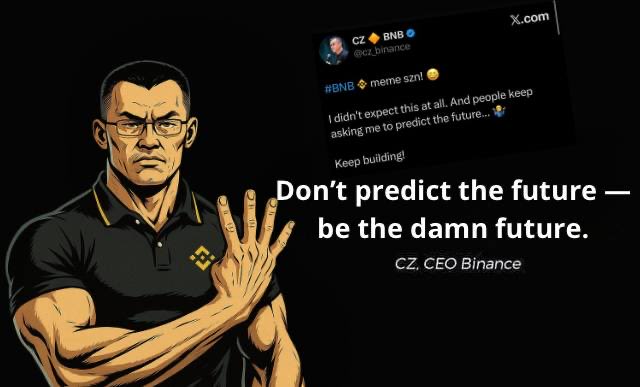
Compared to Trump’s high profile, crypto core figure CZ’s layout is more secretive but equally precise.
Through YZi Labs (formerly Binance Labs, established in 2018), CZ invested in two key projects: Opinion Labs and APRO Oracle, the former building a decentralized “truth oracle,” and the latter a “decentralized oracle network dedicated to the bitcoin ecosystem.”
CZ’s statement on Twitter is thought-provoking: “Prediction markets urgently need dedicated oracles,” “Although we are just a few investors, we will do our best to help increase strategic value.”
This statement reveals an important signal: what CZ values is not just the prediction market itself, but the data infrastructure behind it. In other words, when prediction markets become mainstream applications, the verification of data authenticity undoubtedly carries significant weight. Whoever controls the verification of data authenticity indirectly holds the discourse power of the new ecosystem.
*Opinion Labs’ mainnet launched on BNB Chain on October 16, 2025, currently in invite-only Beta, with cumulative trading volume exceeding $300 million (testnet + mainnet Beta); APRO Oracle’s Beta test started on October 28, first targeting BNB Chain and bitcoin Layer2 developers, with AI verification node registration now open.
Role Three: Wall Street’s Expectation: ICE’s $2 Billion Bet
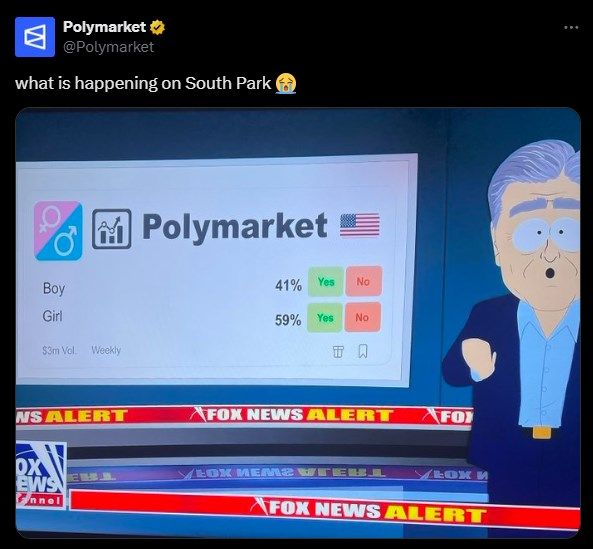
The most shocking is the $2 billion investment by ICE, parent company of the New York Stock Exchange, in Polymarket. This is not just an investment, but an “official certification” of prediction markets by traditional finance.
$2 billion is no small sum for Wall Street, especially for a traditionally conservative institution. ICE has always favored “hardcore finance”—in 2013, it spent about $11 billion to acquire NYSE Euronext, parent company of the New York Stock Exchange; in 2018, it established the crypto asset platform Bakkt, with the first round of investment only $180 million. These numbers together speak volumes: ICE is betting on a completely different future.
Why? Because what prediction markets gather is not capital, but dispersed judgment. In an era dominated by algorithms, data is already saturated; what is truly scarce is the human signal. When traders, programmers, professors, and gamblers all bet on the same platform, they inadvertently produce an extremely valuable indicator—collective expectation.
And this investment may mark a turning point: when mainstream financial institutions begin to treat prediction markets as information sources rather than toys, the coordinates of the financial world will shift slightly. Algorithmic trading, risk models, investment strategies—all may be recalibrated by these “marketized prophecies.”
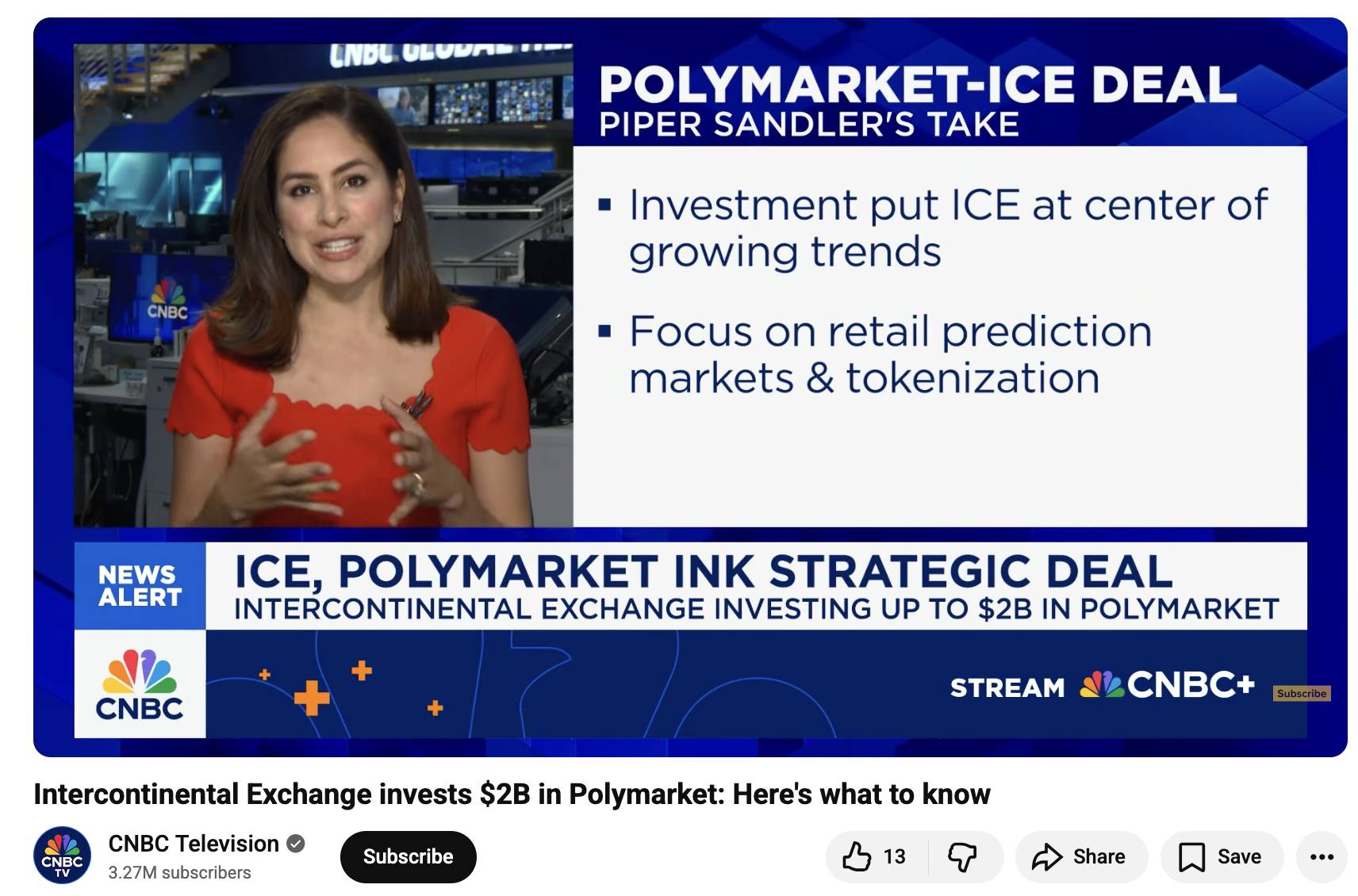
*CNBC, as a global leading financial media, reported this event mainly due to its significant financial and market impact.
Chapter Two: The Motives of Billionaires—Two Completely Different Stories

Crypto Perspective: The “Unexpected Holy Grail” of DeFi?
This first story perfectly responds to a long-standing awkward problem in the crypto world: How can DeFi (decentralized finance) be adopted by the masses?
For years, the promise of “DeFi mass adoption” has been regarded as the holy grail of the crypto world. But in reality, complex wallets, incomprehensible private key management, and abstract yield logic have acted as a high wall, keeping 99% of ordinary people out. DeFi has always been an “in-group game” for crypto-native users.
However, prediction markets may become that “unexpected breakthrough.” They might become the first DeFi product to achieve large-scale adoption because they completely overturn the user experience:
They are intuitive and fun, not brain-burning complex: participation is similar to “guessing games,” betting on your judgment of the real world, rather than requiring you to understand “liquidity pools” or “impermanent loss.” Predicting “whether the next Marvel movie’s box office will exceed $1 billion” is much more straightforward than calculating complex DeFi yields.
They are strongly coupled with the real world, not ethereal: the targets of prediction markets are all real, verifiable events—presidential elections, sports events, policy regulations. This directly links the abstract value of blockchain to real life, giving it an unprecedented sense of “reality.”
They are becoming “foolproof,” not geek-exclusive: major platforms are striving to allow users to participate directly with credit cards and email, completely hiding the complex blockchain technology behind the scenes. You don’t even need to know what a wallet is to bet on the next Super Bowl.
In this story, prediction markets are the “Trojan horse” for DeFi to enter the mainstream. They use the most human-friendly “guessing” and “gossip” as a disguise, quietly bringing blockchain technology to the fingertips of tens or even hundreds of millions of users. This is not just another growth; it could be the decisive step for the Web3 world to move from an “on-chain economy” to “real-world participation.”
Political Perspective: Democracy’s “Secret Weapon”
However, the other side of the coin is a story about power and public opinion.
What is the core of politics? It’s not just about winning votes, but about shaping voters’ “expectations.” And prediction markets are precisely a perfect “expectation machine.”
Imagine, on the eve of an election, a candidate’s winning probability is pushed up to 78% on the prediction market. This number itself is a highly impactful news headline. The media will quote it (“Markets predict XX will win overwhelmingly”), social networks will spread it, and voters will see it. This “guaranteed victory” aura, backed by money, will spread like a virus, sway the undecided, demoralize opponents, and even create a self-fulfilling prophecy of “everyone pushes the falling wall.”
Even more frightening, this provides power with a brand-new, hard-to-trace tool of influence. In the past, politicians needed to influence public opinion through media or direct statements; now, you may only need enough capital and the “right” platform.
By making large bets in the market, politicians can “buy” a favorable probability for themselves in the short term, then let the media and public amplify this signal. When questioned, the person involved can simply shrug and say, “I didn’t lie, I was just making a legal investment.”
When we see Trump’s son, Donald Trump Jr., become an advisor to Polymarket, and capital associated with him pouring tens of millions of dollars into the platform, we should be alert: Is this really just a simple investment?
In this story, prediction markets are no longer a “crystal ball” gathering wisdom, but a “secret weapon” that can be used to shape public opinion.
Conclusion: Power Restructuring in the Probability Game
So, are prediction markets the “unexpected holy grail” of DeFi, or the “secret weapon” of democracy?
The answer may be: both.
They have the potential to become an unprecedented information aggregation tool, letting the “wisdom of the crowd” shine with unprecedented efficiency; but they could also become a battleground for public opinion captured by huge capital and political power, letting the “biggest wallet” define what is “truth.”
Currently, Kalshi and Polymarket occupy the vast majority of market share, with the former holding about 60-66% and the latter 34%. When platforms like Robinhood open event contract trading to their 20 million users, the influence of this market will grow exponentially.
The next 12-24 months will be a critical period. Can prediction markets achieve large-scale adoption while maintaining the ideal of decentralization? Can they remain innovative while accepting regulation? Can they protect the public interest while achieving commercial success?
The answers to these questions will determine whether prediction markets become tools for social progress or weapons that exacerbate inequality and manipulation.
And each of us will be both participants and witnesses in this probability game.
“Be strong and keep playing your cards!”


